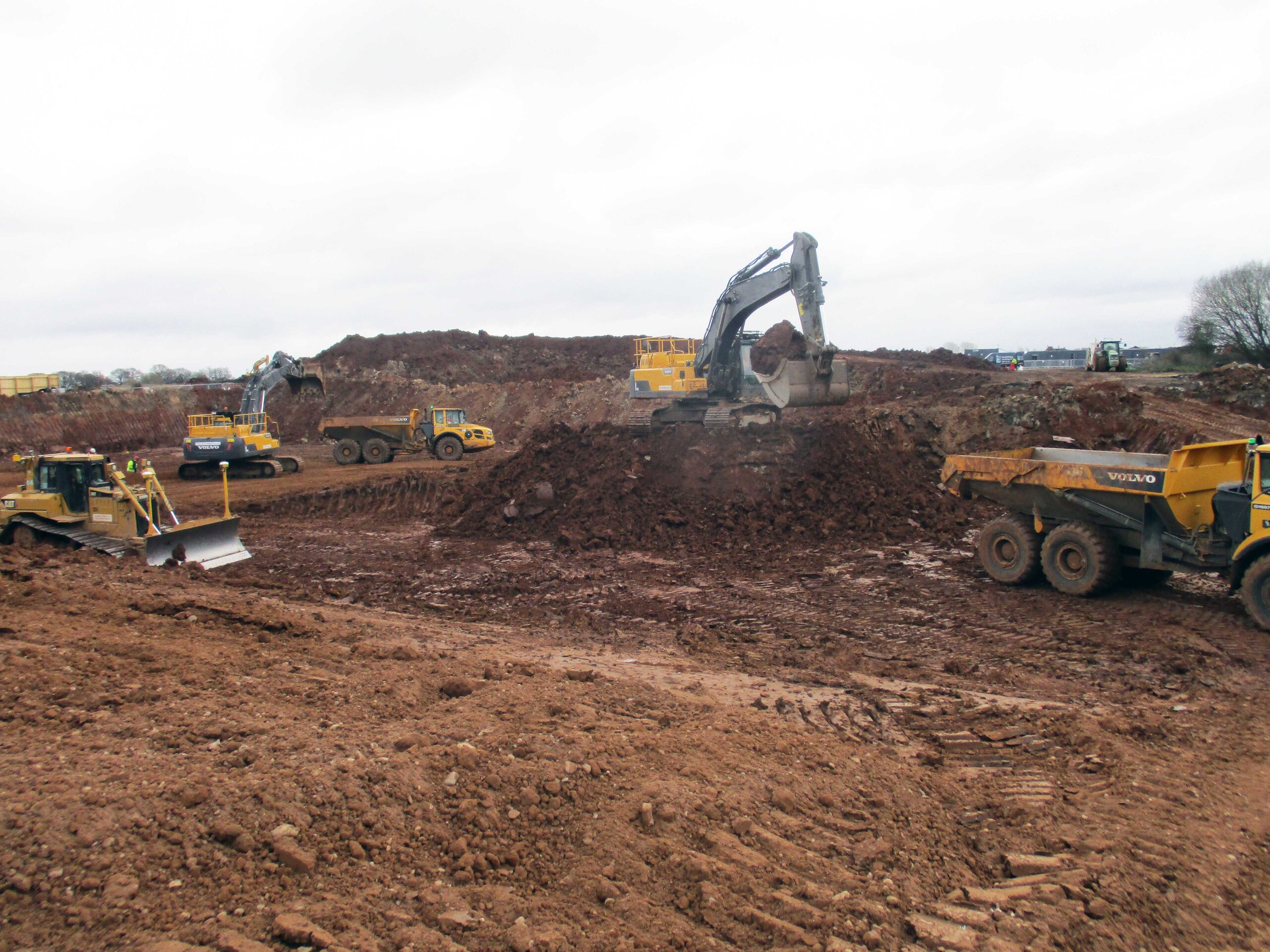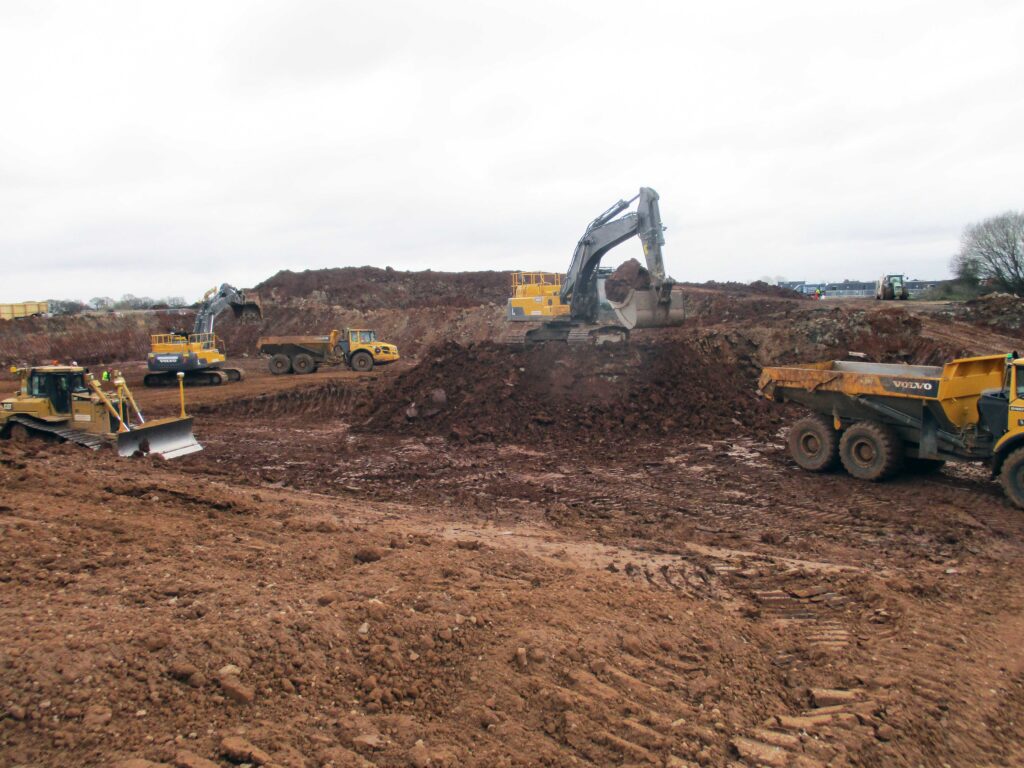 Leading growing media supplier, Boughton is keen to educate the industry on how to use topsoil effectively – determining the right soil for your project and preventing waste – in order to deliver optimum results. Here, the team details how to avoid common pitfalls and why misuse of topsoil will not deliver the results you’re looking for.
Leading growing media supplier, Boughton is keen to educate the industry on how to use topsoil effectively – determining the right soil for your project and preventing waste – in order to deliver optimum results. Here, the team details how to avoid common pitfalls and why misuse of topsoil will not deliver the results you’re looking for.
Meeting the brief
Specifying the right soil for the job is key to any project and, of course, this largely depends on the brief from your client. This will often factor in a desire to encourage biodiversity, utilise eco-conscious materials and design, and guarantee longevity.
In fact, Gardens Club London recently enlisted the help of Boughton to create a garden for a client who had specifically requested “plenty of good soil with living microorganisms in it and micronutrients”, to help support plants for the next few decades.
If the current buzzword of ‘biodiversity’ is key to matching your client’s vision/brief, then natural topsoil is ideal; delivering the optimum level of organic matter and creating a welcoming environment for the microorganisms that can help plants thrive for years to come.
You can expect enriched soil nutrients, improved drainage, and better soil texture, which can also make planting easier. Boughton’s natural topsoil promotes a healthy root system and retains moisture well, providing protection against drought and heat. This can be a huge benefit in projects where an irrigation system isn’t in place and to help ensure long-term plant health for time-poor clients that can’t always commit to regular watering.
Achieving optimum results
Boughton is a firm advocate for single-source natural ‘as dug’ topsoil and extols the virtues of using natural soil for optimum results.
Boughton’s unrivalled selection of natural soils provides significant benefits, including good body and great moisture retention qualities, which is ideal for modern landscaping projects without permanent irrigation or clients who are looking to reduce reliance on irrigation. Boughton’s soils also have a low pH, high organic content and boast both existing and developing organism biomass. The latter is a huge plus for planting schemes, considering the vital role microbial activity plays in the development and growth of flora within a soil.
In fact, some natural topsoils have been establishing themselves for thousands of years, allowing their nutrient balance time to level out and cycle on a natural rhythm. This means they can provide host plants with accessible nutrients quickly, once installed.
Use it don’t lose it
Boughton always advocates having a soil management in place – particularly for large developments – in order to ensure soil sustainability during construction. Without one, there is a very real risk of losing, damaging or contaminating valuable soil resources.
It may be that the soil on your site can be retained for future landscaping or could even be used or sold offsite. Did you know that Boughton offers soil collection and recycling services? This means that Boughton collects surplus natural topsoil from larger construction sites, reworks it to meet specific criteria and delivers it back to the site ready for use. Topsoil can even be blended, stabilised, and tested on site, removing the added expense of haulage.
There is always a danger of soils being used inappropriately on site or even ending up in landfill, so the re-purposing of this natural, biodiverse topsoil is hugely important; providing incredible benefits for the landscaping projects it is used in but also making sure a valuable natural resource isn’t wasted or lost.
Get technical
When specifying or using a topsoil, it is important to make sure it is fit for purpose and works in the space you need it to. All Boughton topsoils are supplied with data sheets, providing a complete breakdown of the properties of the soil and details of applications best suited to the product. The team is also available to offer additional advice on how best to specify and install each soil.
For example, Boughton’s BL1 – Natural Topsoil is a repurposed, single-source, as-dug, unscreened topsoil. This means it contains good levels of natural, retained organic matter and also boasts excellent moisture and nutrient retention, which is ideal for projects where permanent irrigation is not specified. Because it is unscreened, its consistency may vary but it is best suited to large-scale, ground-level planting projects for hardy stock, amenity grasslands and landscape renovation works.
Meanwhile, BLS 40 – Natural Topsoil, also a repurposed, single-source natural topsoil – has been screened and boasts a sandy/clay loam classification with added PAS 100 compost. Like its sister product, BLS 40 has excellent moisture and nutrient retention capabilities but is a premium soil with boosted organic matter content and is best suited to specific planting projects, such as raised and ground-level vegetable gardens, and fruit production. It is unsuitable for lawns because of its high organic matter content, where Boughton’s BLS 2 topsoil would be a better fit, creating a more stable tilth for lawns.
The right soil for your project
Boughton supplies a range of natural topsoils to suit a wide variety of applications and projects. All of its ‘as dug’ certified topsoil can be supplied with an independent soil analysis, having been tested by independent MCERTS laboratories. The supply chain for Boughton’s soils is also fully transparent, with complete traceability. Boughton’s full topsoil portfolio can be found here, complete with downloadable full product spec sheets.
Find out more
To find out more about Boughton’s complete offering for the amenity, landscape and construction industries, please visit www.boughton.co.uk
ENDS
Words: 901
Notes to Editors
Boughton Ltd – An acknowledged specialist and market-leading supplier of topsoil, growing media, specialist loam blends and landscaping products, with over 30 years of successful delivery to the industry, U.K. wide.

